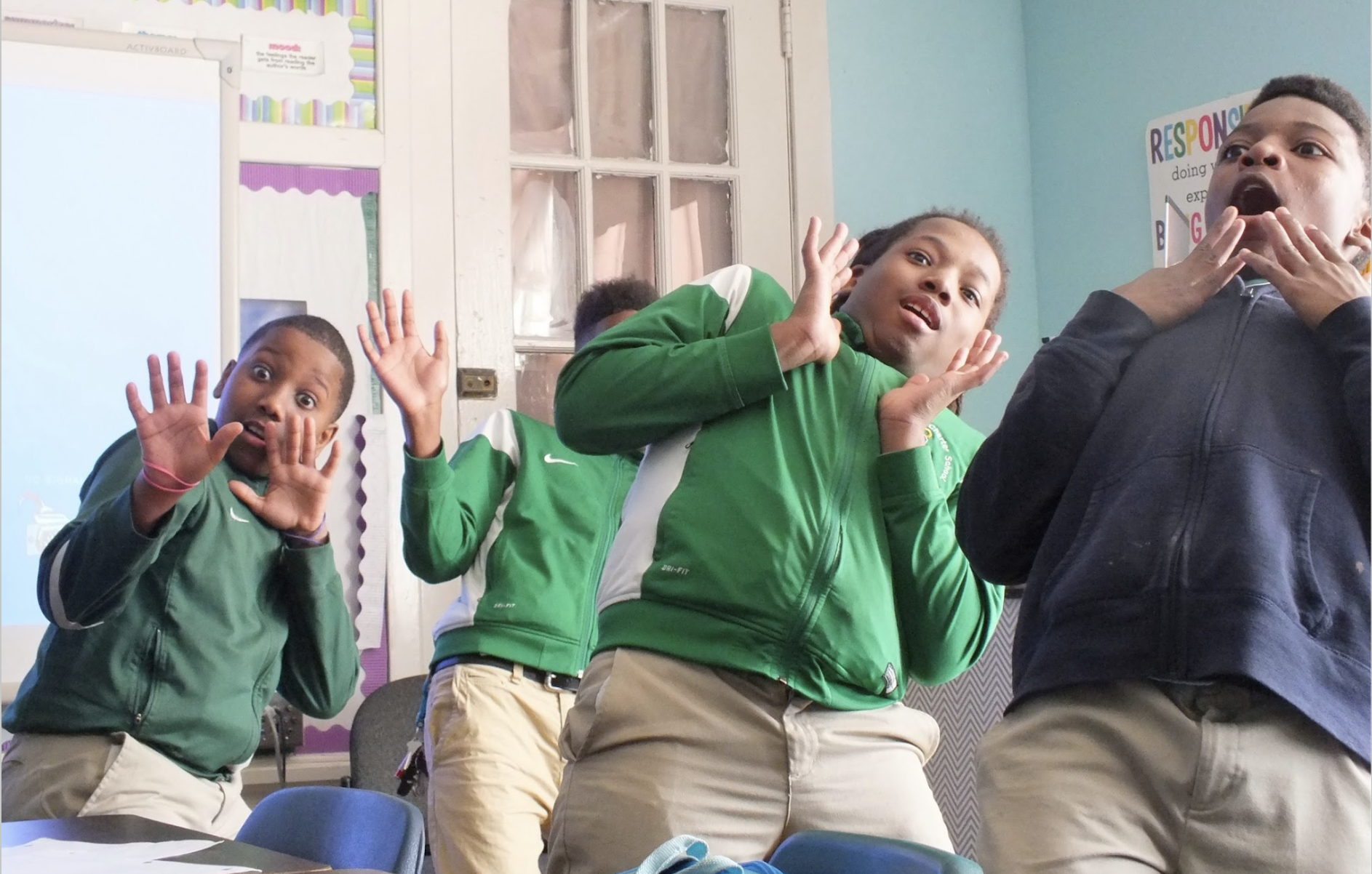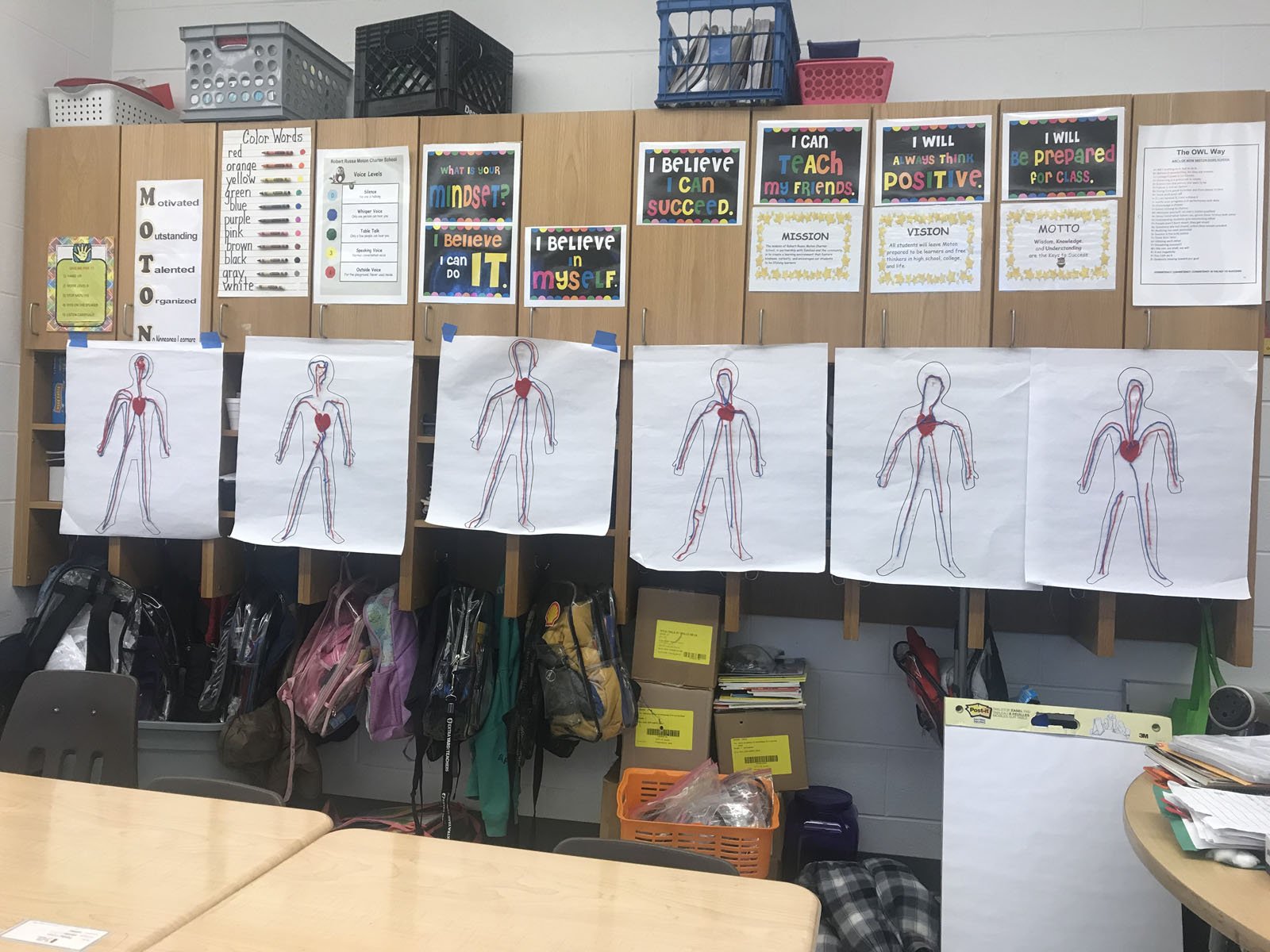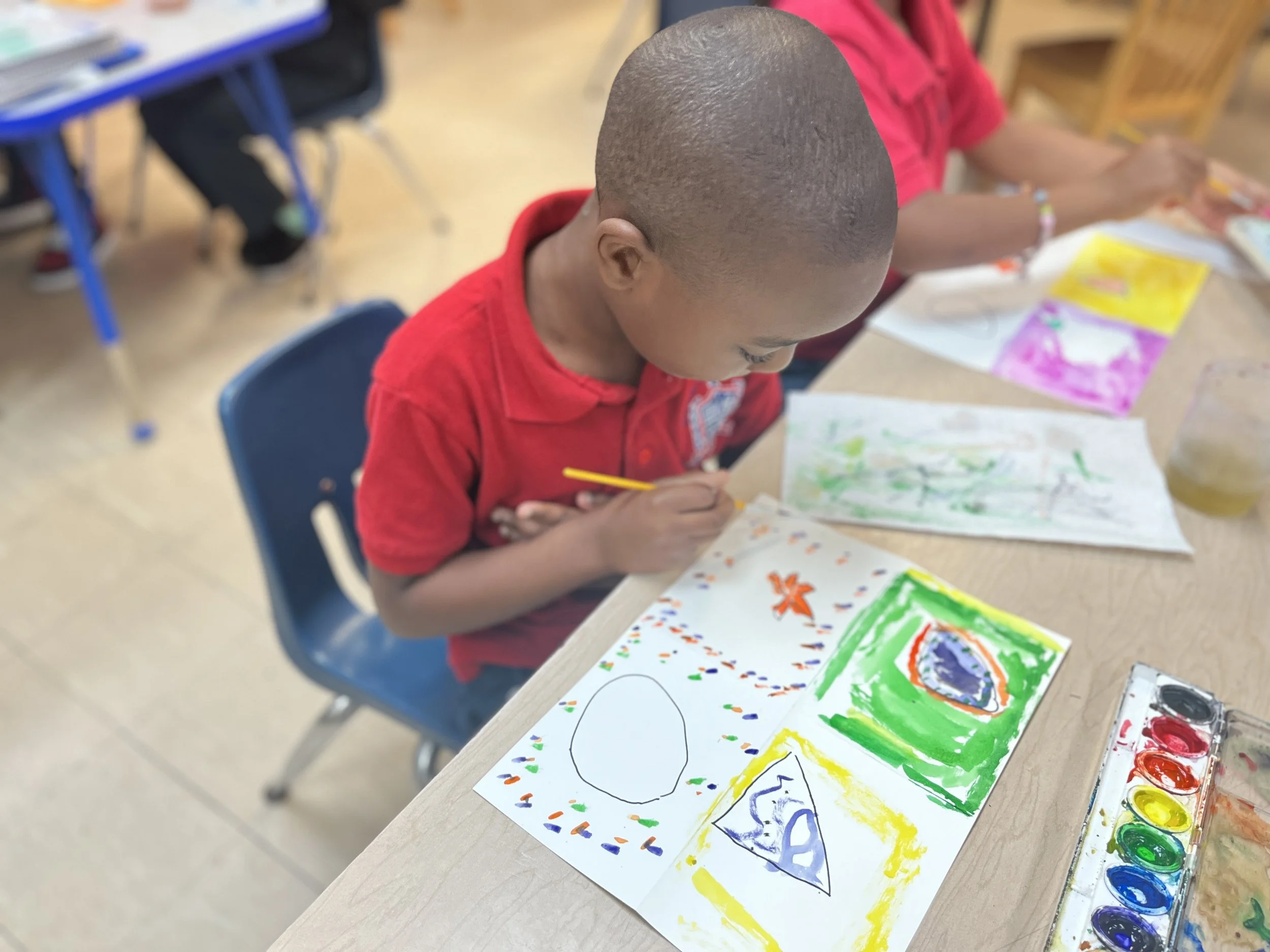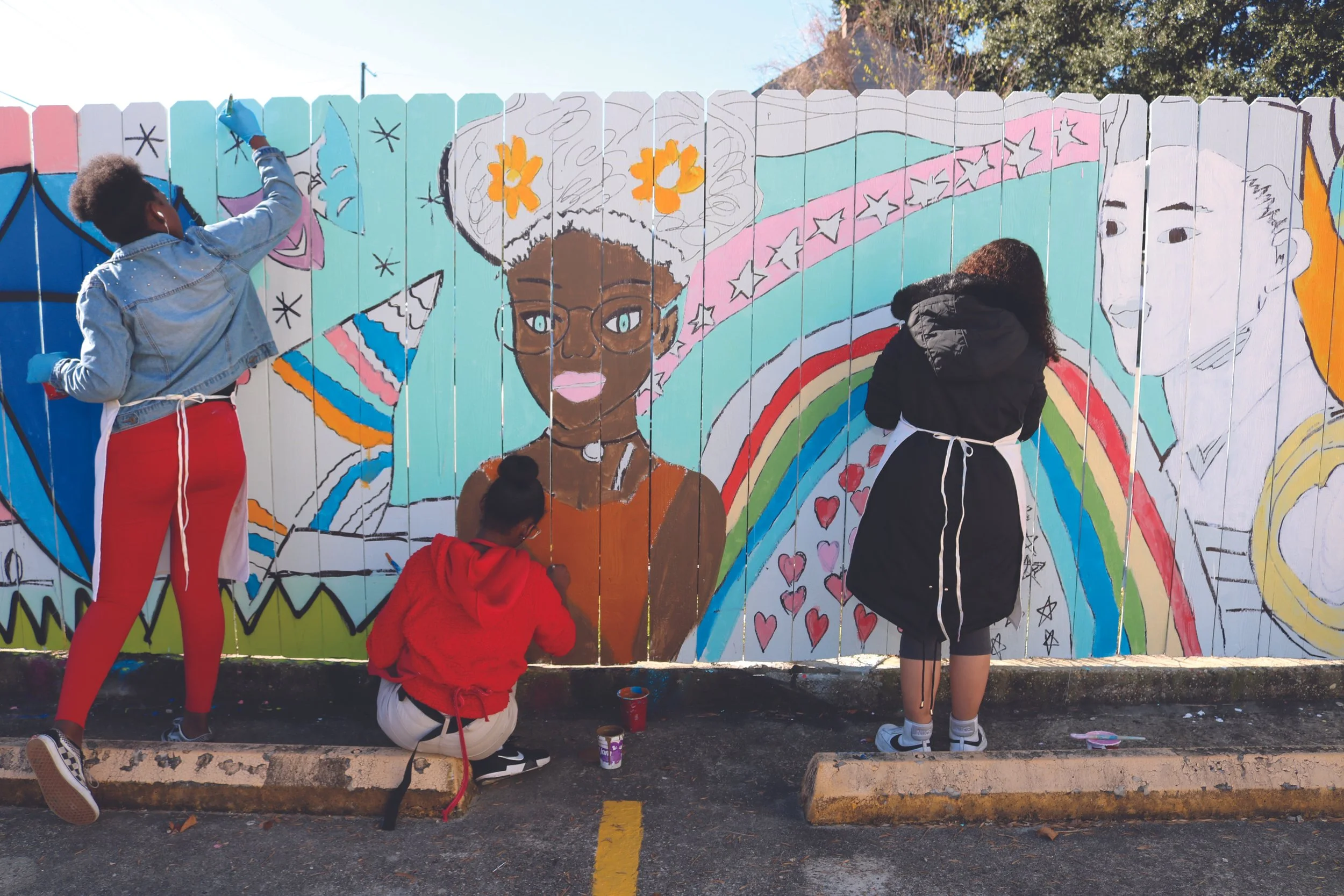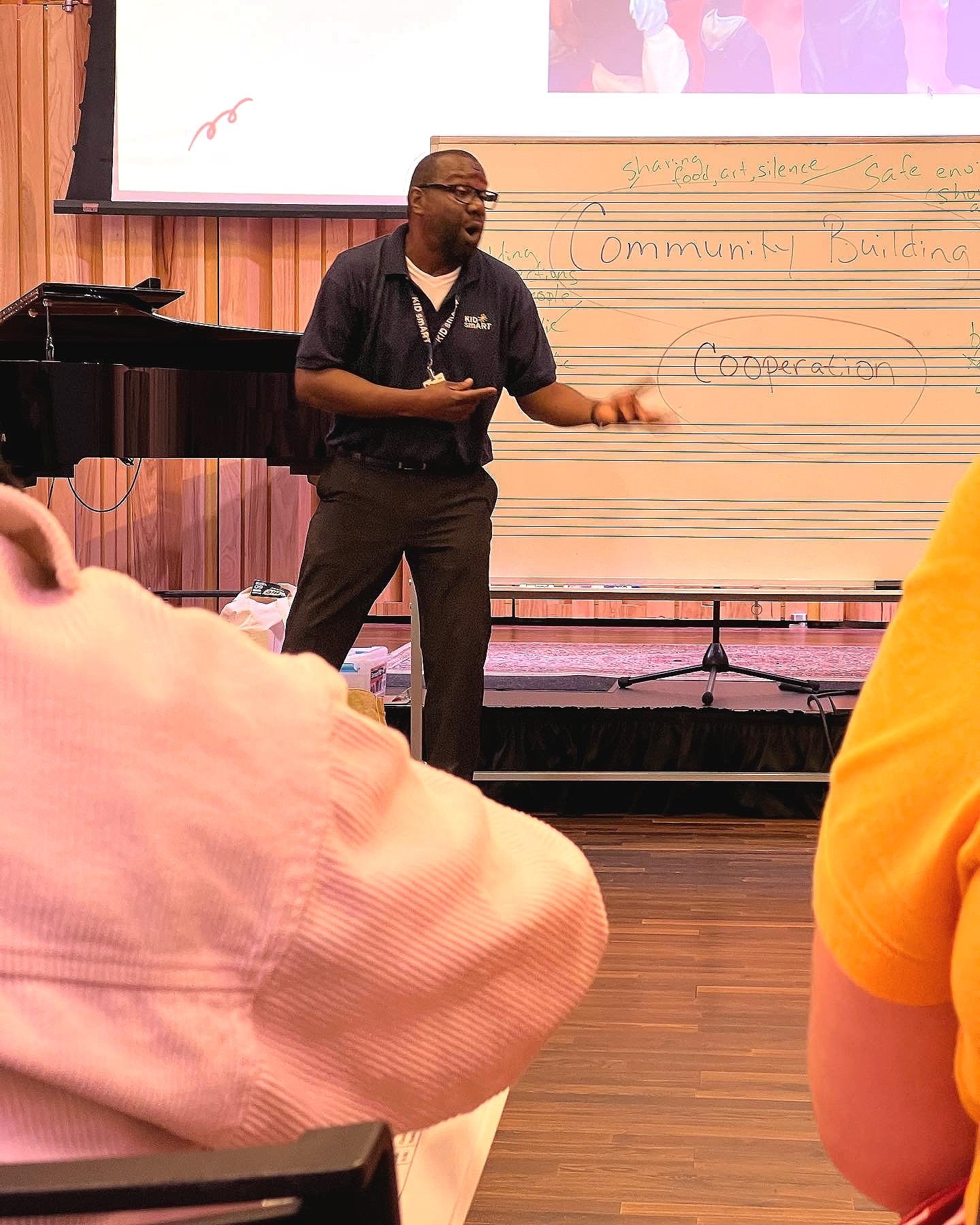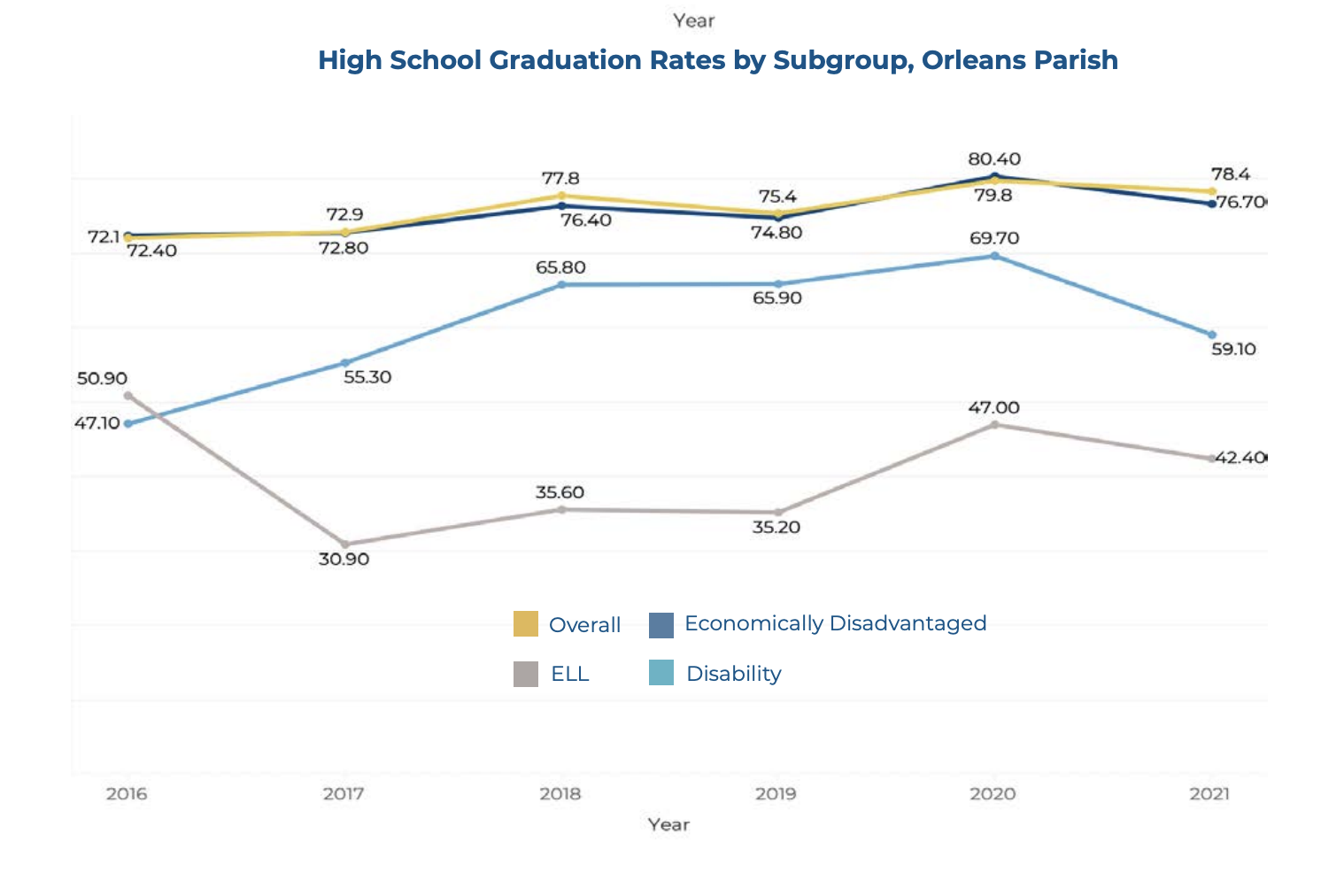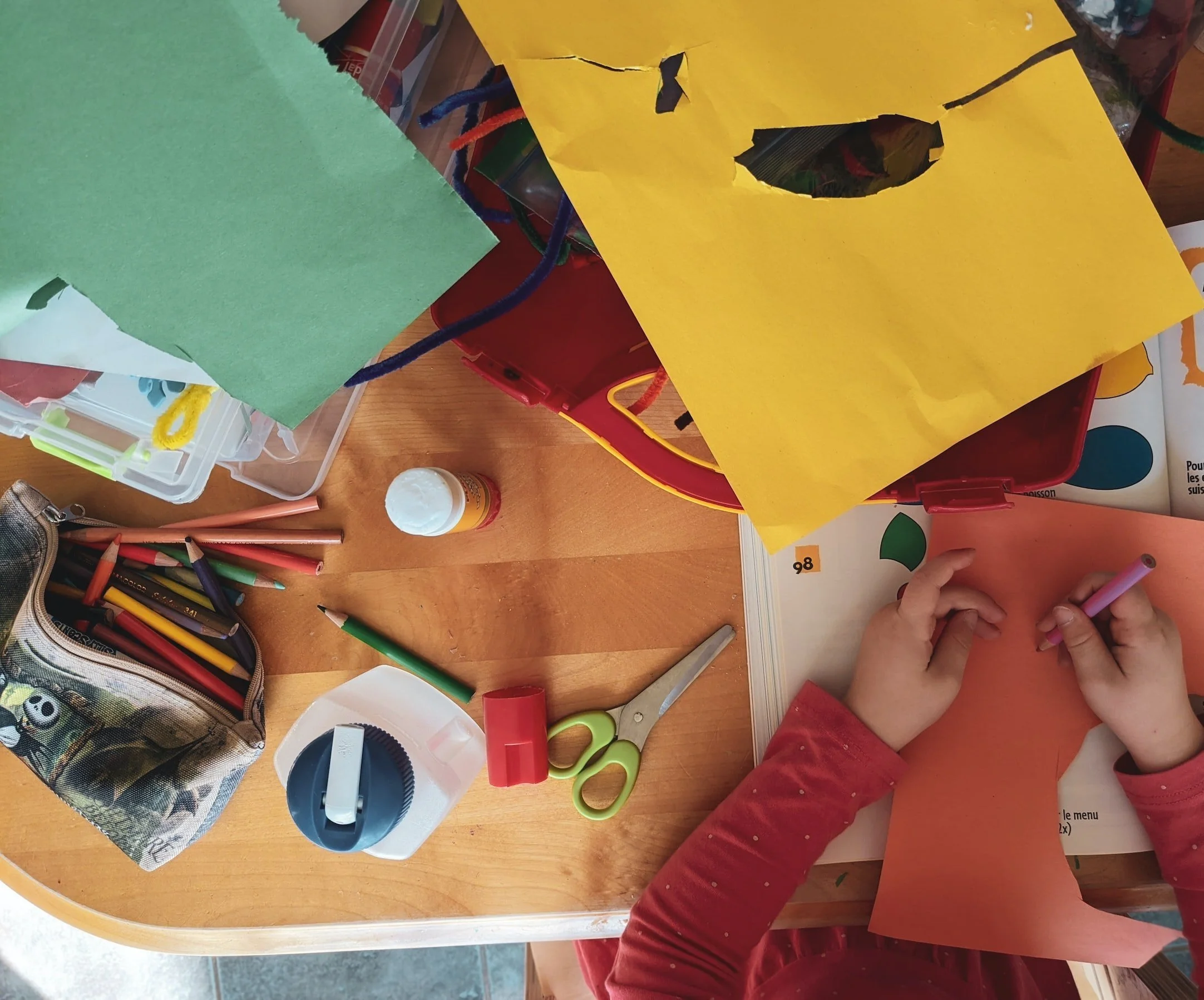The Power of Imagination
When learners are encouraged to employ what they already know and allow what they would like to have happen, The Power of Imagination becomes an invaluable tool for problem-solving, critical thinking, and joyful learning.
Peeling Back Layers: Exploring Math Concepts Through Onions
Want to bring STEAM learning into your classroom? Explore shapes, colors, and patterns while practicing arithmetic and geometry with this pantry staple.
Building Community through Arts-Integration and Creative Dramatics (Sample Lesson)
Building community within a learning environment is an invaluable experience that will engage, surprise, and inspire students. Utilizing drama/theatre strategies (pantomime and improvisation) strengthen your classroom community and is an excellent catalyst for demonstrating collaboration, effective communication, and joyful learning. The basic structure of this lesson consists of a warm up, main activity, and closing reflection.
Art that Moves: Expression and Problem Solving through Kinetic Sculptures
The process of creating our Kinetic Sculptures showed what can happen when you get art moving: artistic expression and problem solving at its finest!
The Systems that Make Us: Integrating Art into Science
Science lessons were presented to the students over the course of two months, during which we implemented varying methods of Arts-Integration into Mrs. Auzout’s lesson plan. Through teaching highly complex bodies work at a first-grade level. They were then able to recall the previous body parts that help the brain function and called upon the various creative and social emotional skills they learned along the way through Arts-Integration!
More than Meets the Eye: Art Observation in Arts-Integration
When I was a classroom teacher, I saw some of my kindergarten students who were typically wary of class discussions come to life when we discussed a painting by Diego Rivera. Discussing art with students in Arts-Integrated lessons bridges the community of artists throughout the world with the work students do in the classroom.
Prioritizing the Purpose: Creating Engaging and Enriching Arts-Integration Lessons
I have found that when there is intention embedded in the way I design my activities, and I am open to accepting that intention does not equal impact, it opens the door for authentic, powerful and completely unpredictable student expression. When I perceive that an activity isn’t working for a student the way I expected, I have found that asking myself, “what is the purpose of this activity?” is a great way to re-calibrate.
Checking for Understanding: Incorporating Arts-Integration into a Learning Space
When conducting Arts-Integration projects in the classroom, it is important to check for understanding along the way. One of the best ways to do this is to flip the classroom on its head: the students become the teacher.
The Creative Advantage: How Arts Education Prepares Students for a Competitive Business World
Discover how KID smART's innovative approach to arts education empowers students with the creativity and problem-solving skills they need to become the dynamic business leaders of the future
How to use the arts to build community in your classroom
Building Community within a learning environment is an invaluable experience that will engage, surprise, and inspire participants. Utilizing drama/theatre strategies (pantomime and improvisation) to facilitate Building Community are an excellent catalyst for demonstrating collaboration, effective communication, and joyful learning.
Arts Integration and Translanguaging
Translanguaging is defined as a fluidity of language – being able to toggle between languages at the same time.
How The Arts Promote Social-Emotional Learning (SEL) In Students
Research has shown that SEL-focused programming can improve students' academic performance, mental health, and overall well-being.
Unleashing the Power of Arts Integration: Transforming Classrooms for More Effective and Joyful Learning
Arts integration is a teaching method that transforms the traditional classroom experience by seamlessly blending the arts into other academic subjects such as science, math, and literature.
The 3 Types Of Arts Education In Schools
Schools can incorporate three main types of arts education. Learn about each type’s unique approach and benefits.

